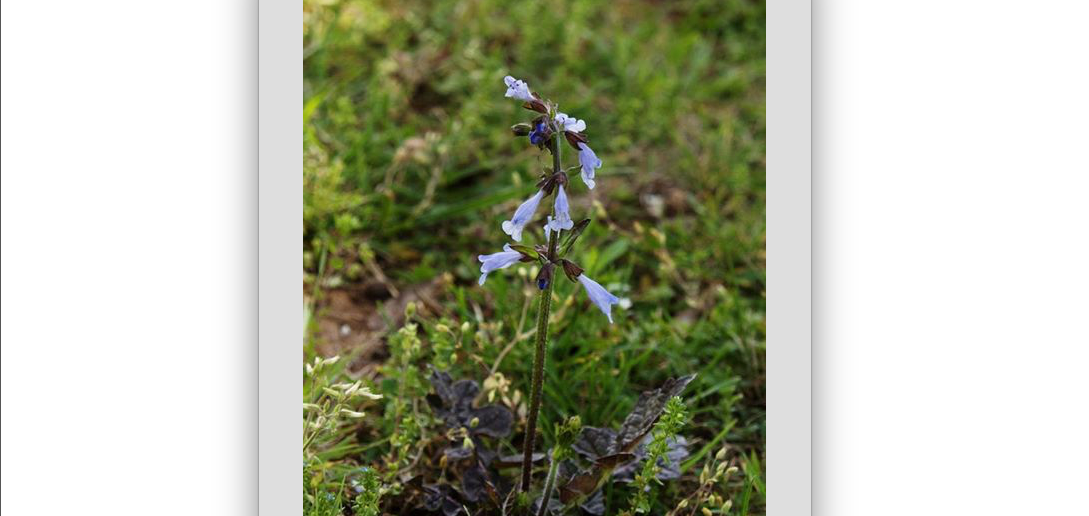Lyre-leaf sage: An assertive native
Published 7:58 am Thursday, April 11, 2019

- CYNTHIA WOOD Lyre-leaf sage has a basal rosette of green to purplish leaves and a spike of blue blooms that attract bees and other insects.
Walk across any unkempt lawn (mine!), waste area or woodland clearing this month and you’ll find basal rosettes of dark green and purple leaves that are quite hairy and have deep lobes, so deep, in fact, that the leaves are said to resemble lyres. Hence the common name of this plant, lyre-leaf sage (Salvia lyrata). It’s one of about 50 Salvia that are native to the United States.
Lyre-leaf sage is a tough plant that keeps its leaves even during the harshest winter. Like all members of the Mint Family, it has square stems. Any day now, lyre-leaf sage will begin to bloom. With a little luck, you may drive past a field that has such a large colony of these plants that it looks like a sea of blue. It’s a spectacular sight. The blooms are tubular; the lower lip is elongated and serves as a landing pad for visiting butterflies, bees, hummingbird moths, and hummingbirds. Each flower is replaced by four dark brown nutlets, which are eaten by doves.
Lyre-leaf sage has a long history of use as a medicinal and edible plant. In fact, Linnaeus gave it the Latin name Salvia, meaning to save, as a reference to its medicinal uses. Native Americans used the entire plant for food and healing; they shared their knowledge with early European settlers. Lyre-leaf sage has been used for treating sores, skin lesions, and warts. Infusions of the plant have been used to treat coughs, colds, and fevers.
All parts of the plant are considered edible. Young leaves can be eaten raw or cooked; they have a mild mint flavor. Mature leaves can be dried and used to brew a tea. The flowers make an attractive garnish and addition to salads. Please note that I’m not suggesting that you try any of these uses. Caution is important.
If you’re out and about, look for lyre-leaf sage’s spikes of blue/lavender flowers. They’ll be in bloom from April until sometime in May. Remember the location of the flowers and return again next winter to look for the deep purplish green rosettes of basal leaves.
You’ll find lyre-leaf sage for sale at some native plant nurseries. It’s very attractive and tough. Just remember that it spreads quickly and reseeds rather aggressively. If you plant it, you may find this native growing all over your garden.
CYNTHIA WOOD can be reached at Cynthia.crewe23930@gmail.com.




